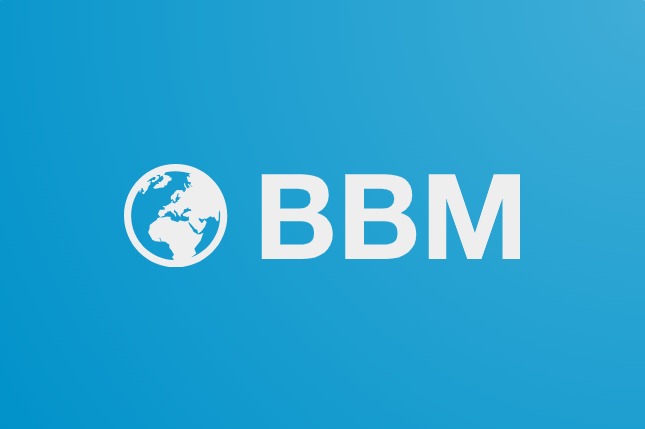Some of the links in this article are "affiliate links", a link with a special tracking code. This means if you click on an affiliate link and purchase the item, we will receive an affiliate commission.
The price of the item is the same whether it is an affiliate link or not. Regardless, we only recommend products or services we believe will add value to our readers.
By using the affiliate links, you are helping support our Website, and we genuinely appreciate your support.
[matched_title]
Led by renowned economist Erik Brynjolfsson, the study used high-frequency payroll data from ADP, the largest payroll processor in the United States. It provides one of the clearest pictures yet of how generative AI is impacting employment in real-time. If you’re just starting your career, particularly in fields like tech or customer support, AI might be replacing your job and not helping you do it better.
AI is replacing the young and newcomers, for now
The Stanford research uncovered a 13% relative decline in employment among early-career workers (ages 22-25) in jobs most exposed to AI automation — such as software developers and customer service representatives — since tools like ChatGPT and Copilot started becoming widespread in late 2022.
What’s striking is that more experienced workers in the same jobs did not see declines. In fact, their employment either remained stable or grew. Likewise, workers of all ages in less AI-exposed jobs, such as nursing aides, remained unaffected. This is not a vague warning about the distant future. This is data-backed evidence that AI isn’t just “changing work” but it’s already changing who gets hired.
Why are entry-level workers being replaced first?
The logic is brutally simple. Entry-level workers typically do the kind of routine, process-driven work that generative AI is already good at such as writing code, answering queries, summarizing reports and drafting emails. These are tasks that AI can perform quickly, cheaply, and at scale but with little risk.
Meanwhile, experienced workers are more likely to do higher-value tasks such as making strategic decisions, managing teams, mentoring, interfacing with clients, and combining institutional knowledge with judgment. These are still much harder for AI to replicate or replace.Also, when AI is introduced, companies often lean on their seasoned employees to help implement and supervise the technology. Entry-level workers, by contrast, are easier to cut because they’re not yet embedded into the core of the organization.As the paper puts it, the job losses are “concentrated in occupations where AI is more likely to automate rather than augment human labor”. In other words, if the AI can fully replace what you’re doing, and not just assist you, you’re far more vulnerable.
What this means for young job seekers
If you’re just starting your career, this should be a wake-up call. In the past, an entry-level job was seen as a stepping stone, a place to learn, grow and move up. But AI is shrinking the number of these stepping stones. Companies are increasingly skipping the junior hires and leaning on AI to fill that gap, leaving fewer opportunities for newcomers to get a foot in the door.
Even more concerning is the potential long-term effect. If young workers can’t enter these fields now, they won’t gain the experience needed to fill senior roles later. Over time, this could create a generational talent gap that comes back to bite companies, and the broader economy.
Not all fields are equal
The study also reveals that the AI wave is hitting specific occupations much harder than others. Fields like nursing, caregiving, and hands-on trades, where human interaction, physical presence or emotional intelligence are crucial, remain largely untouched. These jobs are less susceptible to automation, at least for now. But roles in tech, customer support, data entry, content creation and other digital or language-based jobs are directly in the AI blast zone.
This doesn’t mean tech is dead. Far from it. But the type of tech job that’s safe is shifting fast. Junior developers and QA testers may be vulnerable, while AI architects, systems integrators and product leads are becoming more valuable.
The six takeaways
The study makes six observations on the labour market effects of artificial intelligence. First, substantial declines in employment have been observed among early-career workers in occupations most exposed to AI, such as software development and customer support. Second, while overall employment in the economy continues to grow, employment growth for younger workers has remained stagnant. Third, entry-level employment has declined in areas where AI applications automate work, with comparatively limited impact in areas where AI serves to augment human labor.
Fourth, these employment declines persist even after accounting for firm-time effects, with a 13% relative decrease in employment among young workers in the most exposed occupations. Fifth, labour market adjustments are more apparent in employment levels than in compensation trends. Sixth, these patterns are consistent across occupations unaffected by remote work and hold under various alternative sample constructions.
Brynjolfsson and his co-authors Bharat Chandar and Ruyu Chen frame early-career workers as canaries in the AI coal mine. Their experience might be the first, but it likely won’t be the last. As AI continues to evolve, the line between entry-level and expendable may get even blurrier unless workers, educators, and policymakers adjust.
AI is impacting 700 professions
Another recent study has tried to find out the role of AI in different occupations. Researchers at Anthropic – the AI company behind Claude, one of the most popular AI assistants – recently created a dataset to measure the AI impact on different kinds of jobs, as per a Washington Post report. They looked into 1 million text-based conversations between users and Claude at the end of 2024 and categorized each conversation into either an augmentative or automated task. They then mapped these tasks to more than 700 distinct occupations based on work characteristics. The data show that, on average, AI (in this case, Claude) was already either automating or augmenting some 25 percent of the day-to-day tasks across all jobs by the end of 2024.
AI affects different jobs in different ways. Some, such as programmers and translators, are at a higher risk of being automated by AI. Others, such as college professors, could be augmented, the Washington Post report says. Computer- and math-related jobs get the highest automation scores – an average of 23 percent of tasks under this occupation group can be automated by AI. Meanwhile, educators and librarians get the highest augmentation scores – 40 percent of their job tasks can be augmented by AI.
However, what can assuage workers’ anxieties to some extent is that AI presently does more augmentation than automation. For almost all jobs, the use of AI for augmentation, for now, remains much higher than that for automation, the report says.
BBM JOB





